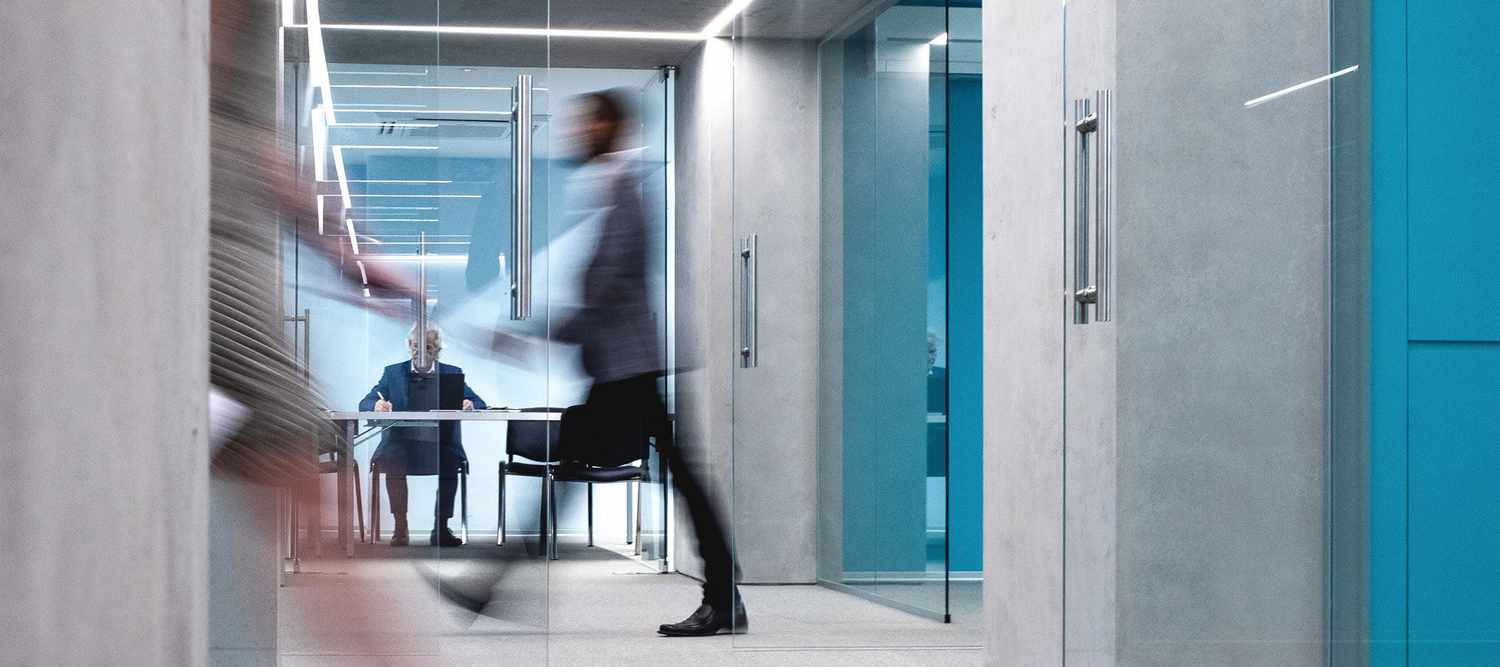Managing Occupancy at the Office Canteen
Challenge
Businesses trying to attract workers back to office buildings must be responsive to new concerns and demands of a labor force more accustomed to personalized working spaces. Employers and property owners looking to restore productivity in the shared workplace and valuable social connections in supporting office spaces, such as office cafeterias, are facing unique challenges such as:
- Increased precautions related to evolving public health issues
- Spatial constraints as a result of changes to premise density levels
- Daily changes in officing patterns among hybrid workers
- Higher well-being expectations among employees
Solution
An automated solution that uses objective, real-time data to generate key performance indicators (KPIs) that employers and facility managers can use to optimize in-office processes, including canteens, is the ideal solution. Ensuring that occupant comfort standards among employees are observed without negatively impacting productivity requires an automated, real-time solution that empowers employees to make decisions about intra-office mobility.
A holistic solution that keeps employees informed about occupancy rates in designated work and social spaces is key for:
- Providing employees with real-time information about occupancy levels
- Improving building support staff allocation and planning
- Promoting well-being among employees
- Optimizing staff allocation related to in-office services
- Preventing overcrowding in office canteen areas
Benefits
Occupancy management, sometimes called thresholding, is now a top priority for employers that are still in the process of defining what office facilities they need and when. Significant changes in the commercial real estate sector demand accurate data about use. A data-driven approach to premise management can help:
- Lower overhead related to unnecessary support staff or space
- Reduce energy costs by “quieting” areas where staff is not present
- Enhance employee productivity be removing barriers to uninterrupted work
- Improve food demand planning based on historical data
Access a free Use Case PDF version now!
Solutions for smart buildings
Accurate data about how people flow in, out, and around your building enables efficient building and business management. Find out more.

